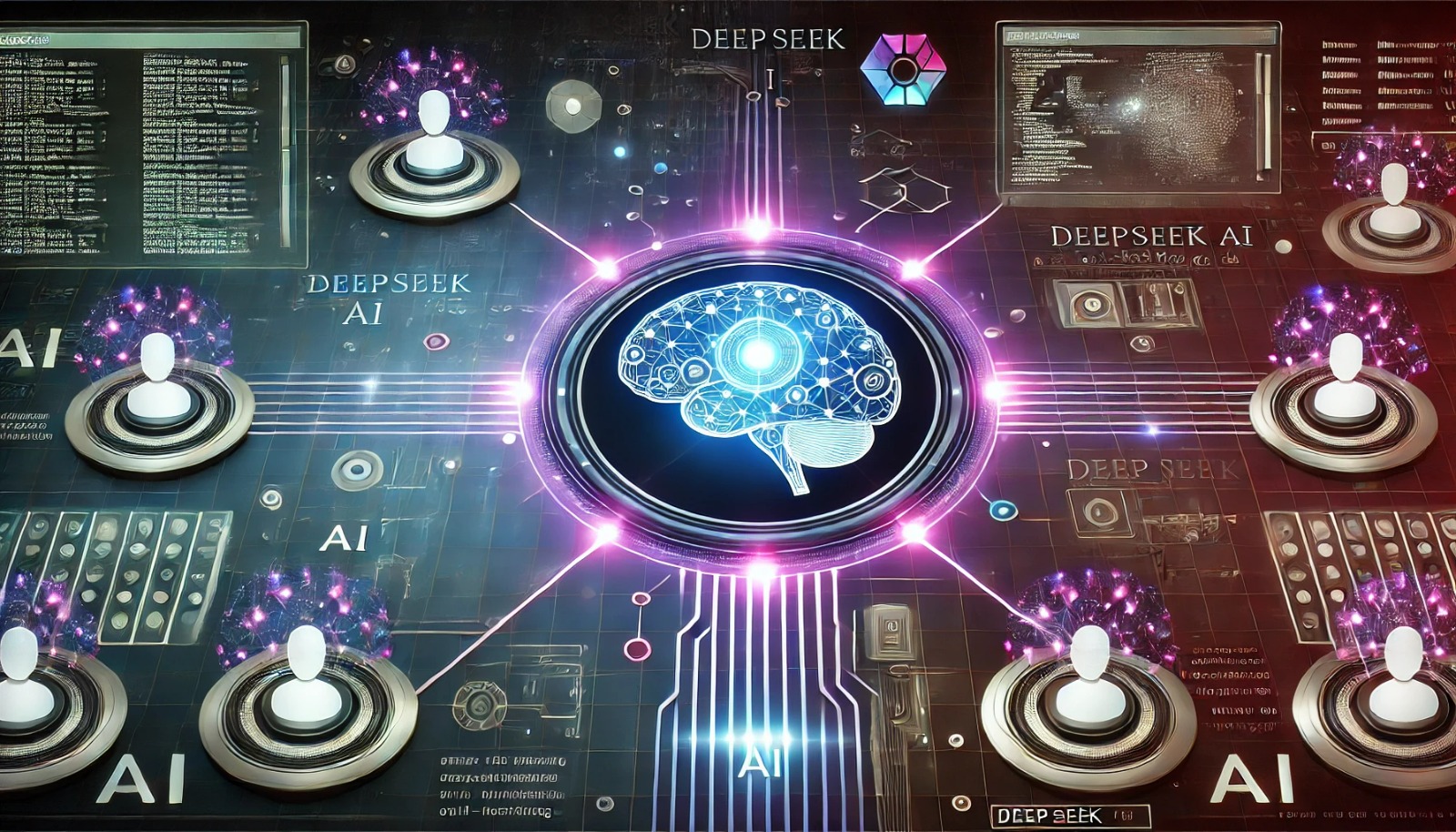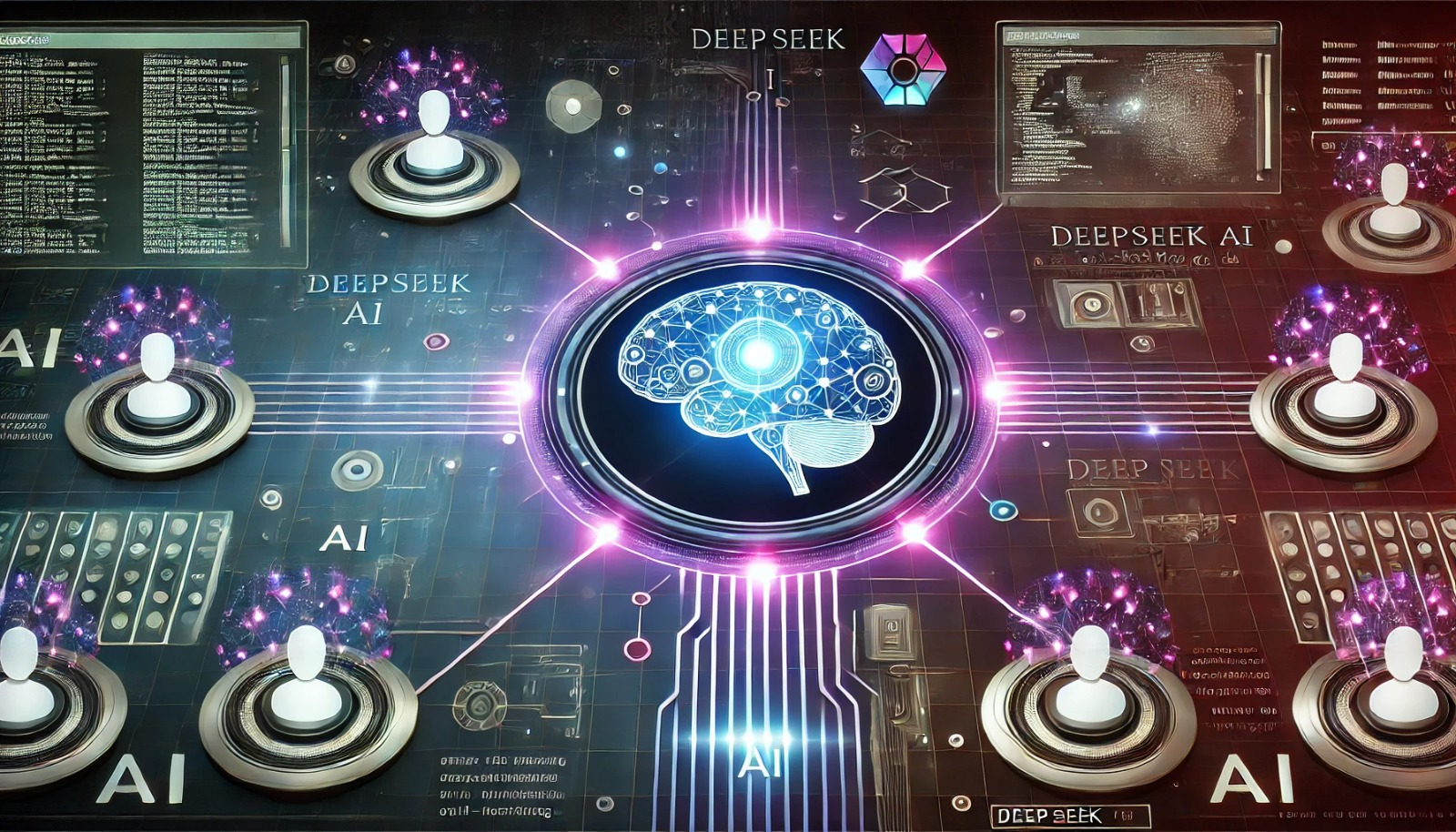
Unlocking the Potential of AI: A Comprehensive Guide to System Prompts, Autonomous Agents, and Self-Hosting with DeepSeek
In the rapidly evolving landscape of artificial intelligence (AI), understanding the mechanics behind AI behavior is crucial. Central to this are system prompts, the architecture of autonomous AI agents, and the opportunities presented by self-hosting advanced models like DeepSeek. This article delves into these concepts, offering insights into their functions, applications, and best practices.
The Essence of System Prompts
System prompts are foundational instructions provided to AI models, guiding their responses and behavior. They set the context, tone, and boundaries within which the AI operates. Crafting effective system prompts is both an art and a science, ensuring that AI outputs align with user expectations and ethical standards.
Best Practices for Crafting System Prompts
-
Clarity and Specificity: Clearly define the desired outcome. Ambiguity can lead to unpredictable responses.
-
Contextual Information: Provide background details to help the AI understand the scenario fully.
-
Instruction Precision: Use explicit directives to guide the AI's behavior and response style.
-
Role Assignment: Specify the role or persona the AI should adopt, enhancing relevance and coherence.
For instance, prompting an AI with, "As a financial advisor, provide investment strategies for a risk-averse individual," yields more targeted advice than a vague request.
Autonomous AI Agents: Bridging Perception and Action
Autonomous AI agents are systems designed to perform tasks without human intervention. They perceive their environment, make decisions, and execute actions to achieve specific objectives. The integration of system prompts within these agents is pivotal, as it influences their decision-making processes and adaptability.
Key Components of Autonomous AI Agents
-
Perception Module: Gathers data from the environment using sensors or data inputs.
-
Decision-Making Engine: Processes information and determines the optimal course of action.
-
Action Module: Executes decisions through actuators or system commands.
-
Learning Mechanism: Adapts to new information, refining future responses and actions.
Enhancing Agent Performance with System Prompts
System prompts can be dynamically adjusted to modify an agent's behavior in real-time. For example, in a customer service chatbot, altering the system prompt to emphasize empathy can shift responses to be more compassionate, improving user satisfaction.
DeepSeek: A Paradigm Shift in AI Development
In recent developments, DeepSeek, a Chinese AI startup, has made significant strides in AI technology. Their model, DeepSeek-R1, has demonstrated capabilities comparable to leading AI systems but with a fraction of the computational resources. This advancement has profound implications for AI accessibility and efficiency.
Key Features of DeepSeek-R1
-
Resource Efficiency: Trained using approximately 2,000 GPUs, significantly less than traditional models.
-
Open-Source Availability: Released under the MIT License, allowing developers worldwide to utilize and build upon the model.
-
Advanced Reasoning: Exhibits strong performance in complex tasks, including mathematical problem-solving and coding.
Self-Hosting AI Models: Empowering Individual Developers
The open-source nature of models like DeepSeek-R1 enables developers to self-host AI systems, granting greater control over data, customization, and deployment.
Benefits of Self-Hosting
-
Data Privacy: Maintain complete control over sensitive information.
-
Customization: Tailor the model to specific applications or industries.
-
Cost Efficiency: Reduce reliance on third-party services, potentially lowering operational costs.
Steps to Self-Host DeepSeek-R1
-
Set Up the Environment: Prepare the necessary hardware and software infrastructure, ensuring adequate computational resources.
-
Obtain the Model: Download DeepSeek-R1 from the official repository.
-
Install Dependencies: Ensure all required libraries and frameworks are installed.
-
Deploy the Model: Load the model onto your servers and integrate it with your applications.
-
Monitor and Maintain: Regularly update the model and monitor its performance to ensure optimal operation.
Advanced Prompt Engineering Techniques
To harness the full potential of AI models, several advanced prompting strategies have been developed:
Chain-of-Thought Prompting
Encourages the AI to articulate its reasoning process step-by-step, enhancing transparency and accuracy. For example:
Prompt: "Solve the equation 2x + 3 = 7. Let's think through this step by step."
AI Response: "First, subtract 3 from both sides to get 2x = 4. Then, divide both sides by 2 to find x = 2."
Self-Consistency Decoding
Generates multiple reasoning paths and selects the most consistent answer, improving reliability. This approach mitigates the risk of singular, potentially flawed outputs.
Tree-of-Thought Prompting
Prompts the AI to explore multiple reasoning paths in a tree-like structure, allowing backtracking and evaluation of various solutions. This method enhances problem-solving depth and flexibility.
Mitigating Risks: Addressing AI Hallucinations
AI models can sometimes produce outputs not grounded in reality, known as "hallucinations." To minimize this:
-
Incorporate Uncertainty Prompts: Encourage the AI to express doubt when unsure, e.g., "If you're not certain, please indicate so."
-
Implement Reinforcement Learning from Human Feedback (RLHF): Train models using human feedback to align outputs with accurate and acceptable responses.
The Future Landscape: AI Safety and Ethics
As AI systems become more autonomous, ensuring their alignment with human values and safety standards is paramount. Ongoing research in AI safety focuses on:
-
Robustness: Enhancing AI's resilience against adversarial inputs.
-
Transparency: Making AI decision-making processes interpretable and explainable.
-
Ethical Alignment: Ensuring AI actions adhere to societal norms and ethical considerations.
Conclusion
System prompts, autonomous AI agents, and self-hosting models like DeepSeek-R1 are at the heart of modern AI applications. By mastering prompt engineering and understanding agent architectures, developers can create AI systems that are not only powerful but also aligned with human values and expectations. The advent of resource-efficient models like DeepSeek-R1 democratizes AI development, enabling broader participation and innovation. As we advance, continuous collaboration between AI developers, ethicists, and policymakers will be essential to navigate the complexities of AI deployment responsibly.

